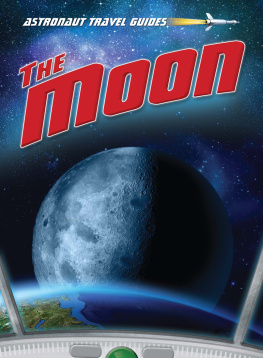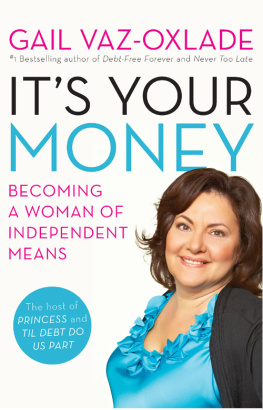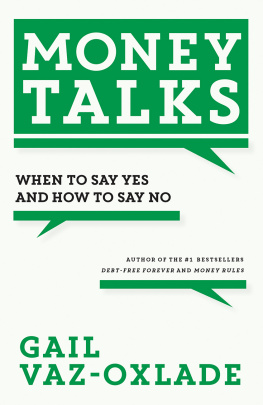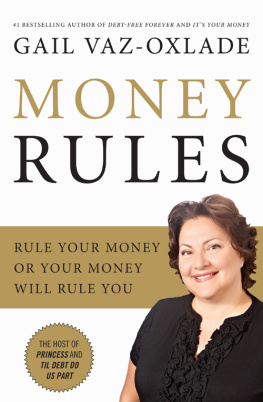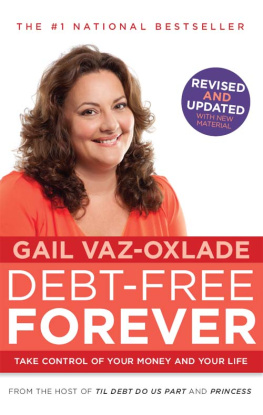Chris Oxlade - World War I
Here you can read online Chris Oxlade - World War I full text of the book (entire story) in english for free. Download pdf and epub, get meaning, cover and reviews about this ebook. year: 2011, publisher: Arcturus Publishing, genre: History. Description of the work, (preface) as well as reviews are available. Best literature library LitArk.com created for fans of good reading and offers a wide selection of genres:
Romance novel
Science fiction
Adventure
Detective
Science
History
Home and family
Prose
Art
Politics
Computer
Non-fiction
Religion
Business
Children
Humor
Choose a favorite category and find really read worthwhile books. Enjoy immersion in the world of imagination, feel the emotions of the characters or learn something new for yourself, make an fascinating discovery.

- Book:World War I
- Author:
- Publisher:Arcturus Publishing
- Genre:
- Year:2011
- Rating:5 / 5
- Favourites:Add to favourites
- Your mark:
- 100
- 1
- 2
- 3
- 4
- 5
World War I: summary, description and annotation
We offer to read an annotation, description, summary or preface (depends on what the author of the book "World War I" wrote himself). If you haven't found the necessary information about the book — write in the comments, we will try to find it.
World War I — read online for free the complete book (whole text) full work
Below is the text of the book, divided by pages. System saving the place of the last page read, allows you to conveniently read the book "World War I" online for free, without having to search again every time where you left off. Put a bookmark, and you can go to the page where you finished reading at any time.
Font size:
Interval:
Bookmark:
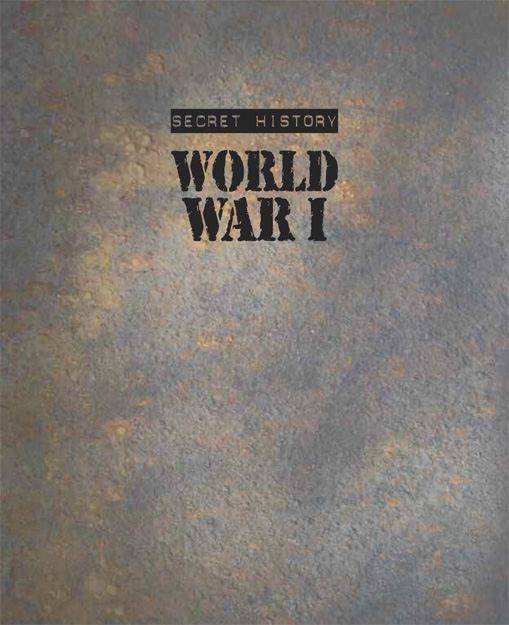

E-book published in 2012 by Encyclopdia Britannica, Inc., in association with Arcturus Publishing Limited, 26/27 Bickels Yard, 151-153 Bermondsey Street, London SE1 3HA. Britannica, Encyclopdia Britannica, and the Thistle logo are registered trademarks of Encyclopdia Britannica, Inc.
This edition first published by Arcturus Publishing Distributed by Black Rabbit Books
P.O. Box 3263
Mankato
Minnesota MN 56002
Copyright 2010 Arcturus Publishing Limited
The right of Chris Oxlade to be identified as the author of this work has been asserted by him in accordance with the Copyright, Designs and Patents Act 1988.
All rights reserved.
Series concept: Alex Woolf
Editors: Karen Taschek and Alex Woolf
Designer: Tall Tree
Picture researcher: Alex Woolf
Library of Congress Cataloging-in-Publication Data
Oxlade, Chris.
World War I / Chris Oxlade.
p. cm. - (Secret history)
Includes bibliographical references and index.
Summary: This high-interest series, aimed at reluctant readers, looks at secret campaigns behind the major conflicts of the past 100 years. Biographical sidebars focus on heroic or notorious personalities. Highlighted fact features include special operations and their results, resistance movements, propaganda and the history of the time - as is known.and not readily known-Provided by publisher.
ISBN 978-1-61535-607-2 (e-book)
1. World War, 1914-1918-Juvenile literature. I. Title.
D522.7.O95 2011
940.4--dc22
2010011012
SL000974US
Supplier 03 Date 0510
Picture credits:
Arcturus: 7 (TMS).
Corbis: cover top left (Swim Ink 2, LLC), cover right (Bettmann), cover bottom left (Alberto Prez Veiga), 8 (Bettmann), 10 (Bettmann), 11 (Hulton-Deutsch Collection), 14 (Bettmann), 15 (Bettmann), 16 (Hulton-Deutsch Collection), 17 (Bettmann), 18 (Hulton-Deutsch Collection), 20 (Bettmann), 21 (Bettmann), 22 (Bettmann), 27 (Buddy Mays), 28 (Bettmann), 29, 30, 31 (Bettmann), 33 (The Mariners Museum), 34 (Hulton-Deutsch Collection), 36 (Christel Gerstenberg), 37 (Bettmann), 39 (Bettmann), 40 (Bettmann), 42 (Bettmann), 43 (Bettmann).
Getty Images: 6 (Time Life Pictures/Mansell), 9 (Popperfoto), 12 top (FPG/Hulton Archive), 19 (Apic/Hulton Archive), 24 top (Hulton Archive), 26 (Buyenlarge/Hulton Archive), 32 (Topical Press Agency/Hulton Archive), 35 (General Photographic Agency), 41 (Hulton Archive).
Shutterstock: 12 bottom (Kenishirotie), 24 bottom (Carlos Caetano).
Cover pictures: top left A French army recruitment poster from 19171918; right Lothar Witzke, a German spy operating in the United States during World War I; bottom left A morse code machine from the early 20th century.
Spread head pictures are all from Shutterstock: 6: German Pickelhaube, or spiked helmet (Olemac); 8, 40: pistol (Alexey Arkhipov); 10, 18, 20: binoculars (gabor radvanyi); 12: fountain pen (Reddogs); 14: dynamite (Andrey Burmakin); 16: manacles (Zsolt Horvath); 22, 24, 26, 38: morse code device (Alberto Prez Veiga); 28: gas mask (Zsolt Horvath); 30: Curtiss JN-4 biplane (Kletr); 32: stern of U-boat (Jens Stolt); 34: shovel (mmaxer); 36: megaphone (MilousSK); 42: Remembrance Day poppy (wheatley).
Every attempt has been made to clear copyright. Should there be any inadvertent omission, please apply to the copyright holder for rectification.
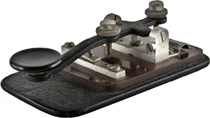
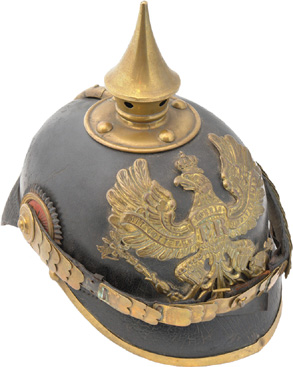
World War I broke out on July 28, 1914, and ended on November 11, 1918. It was fought in Europe between two alliancesthe Triple Entente (Britain, France, Russia, and others) and the Triple Alliance (Germany, Austria-Hungary, and others). As in all wars, each side needed to keep secrets to gain advantages over the enemy. These included plans of attack, secret weapons, and secret missions. At the same time, both sides tried to discover the enemys secrets, using spies and code breakers.

The manufacture of ammunition was part of the arms race that led up to World War I.
RIVAL NATIONS IN 1914
France was eager to win back from Germany land it had lost in the Franco-Prussian War (18701871). France was also nervous about German power. Britain had a vast empire and the biggest navy, but it was also worried about Germanys growing strength. Germany wanted to increase its influence around the world and gain territory. This aggressive policy worried the other nations. Russia, the largest European state, wanted to expand. Austria-Hungary had an empire that covered a vast area of central Europe.
Between the 1870s and the beginning of World War I, the major countries of Europe were Britain, France, Germany, Austria-Hungary, and Russia. Over the years, these countries formed various alliances, promising to support each other if one of them was attacked. By 1907, Britain, France, and Russia were allies, forming the Triple Entente, or Allied Powers. Germany had an alliance with Austria-Hungary and Italy, known as the Triple Alliance, or Central Powers.

A continent divided: how the two sets of allies were lined up during World War I.
The countries began an arms race, manufacturing guns and building warships. By 1914, the alliances were prepared for battle against each other. All that was needed was a spark to ignite a war. That spark was the assassination of Archduke Franz Ferdinand, heir to the throne of Austria-Hungary (see page ).
ITALYS SECRET PACT
In 1914, Italy was part of the Triple Alliance. When World War I started, Italy should have helped Germany and Austria-Hungary but didnt. A few months later, Italy entered a secret agreement to join the Allied Powers later in the war. In 1915, the Italians signed another secret agreement to join the war in exchange for land if the war was won by the Allies.
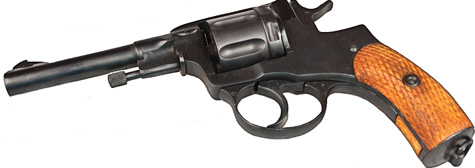
World War I began in the Balkans, parts of which were controlled by Austria-Hungary. The people here wanted independence from Austria-Hungary. In addition, one of the Balkan countries, Serbia, wanted to take land from Austria-Hungary. Austria-Hungary was nervous about Serbian power and was determined to attack Serbia. Germany promised to support Austria-Hungary if it did. But Russia promised to support Serbia.
ASSASSINATION IN SARAJEVO
Seven members of the Black Hand (see page ) traveled undercover to Sarajevo, Bosnia, to kill Archduke Franz Ferdinand. They positioned themselves along the route the archdukes car was expected to take. One threw a grenade, but it exploded under the wrong car, injuring some of the archdukes staff. Later, as the archduke was traveling to the hospital to see the injured, another of the gang, Gavrilo Princip, stepped forward and shot the archduke and his wife.
Next pageFont size:
Interval:
Bookmark:
Similar books «World War I»
Look at similar books to World War I. We have selected literature similar in name and meaning in the hope of providing readers with more options to find new, interesting, not yet read works.
Discussion, reviews of the book World War I and just readers' own opinions. Leave your comments, write what you think about the work, its meaning or the main characters. Specify what exactly you liked and what you didn't like, and why you think so.

